The Roman block, in lead, weighing 45 kilos, as well as the two bronze pulleys from the XNUMXth century, have already been removed from the seabed, in the bay of Lagos, despite the storm of recent weeks having made the work of underwater archaeologists difficult. .
The pulleys were the first to be collected, by a team of divers from the National Center for Nautical and Underwater Archeology (CNANS), together with partners from the Maritime Museum of Norway.
But, at the bottom of the sea, although in an area less accessible to recreational diving, there were still three pulleys, which must have come from an «wooden XNUMXth century ship», according to underwater archaeologist Gonçalo Lopes, who coordinated this which was the fourth and final sea campaign carried out under the project «Water World».
Determine the exact chronology, that is, the age of these pulleys, is not an easy task, as these are “fortuitous finds”, with the “archaeological context, which would allow us to tell a little more of the story”, said Gonçalo Lopes in an interview with Sul Informação.
In addition to the pulleys, at the bottom of the sea there is an anchor, «which seems to have been marked in the XNUMXth century».
And what were the pulleys for? «These pieces were used to maneuver ships, through the movement of sails and cables, through the multiplication of forces», explains the archaeologist.
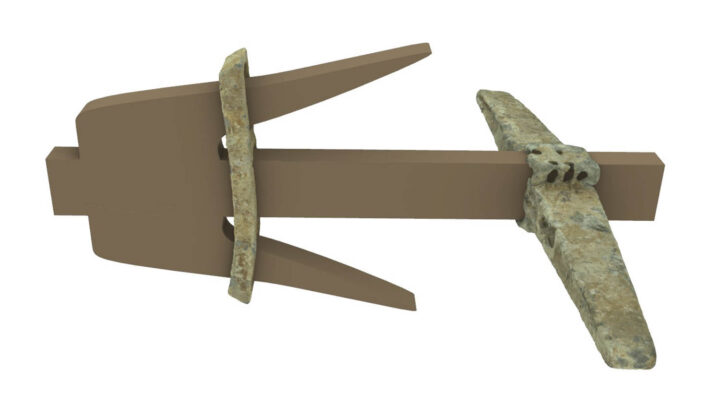
More difficult was the recovery of the Roman lead block, a metallic element of Roman anchors, which were made of wood, in this case having long since disappeared due to the action of sea water [see illustration above].
Only a week after removing the pulleys, and taking advantage of a open amid the frequent storms that have been ravaging the Algarve coast this autumn, underwater archaeologists managed to dive again and rescue this piece.
Taking into account that «this is already the fourth stump discovered in that area», Gonçalo Lopes states that, «with a high degree of probability, this would have been an anchorage area, in Roman times».
All these archaeological finds have now been taken, «provisionally», to the CNANS laboratory, in Lisbon, where they will be subject to conservation and restoration. But the idea is that they will later become part of the Lagos Museum.
Some of these findings had been identified by Christiane Kelkel, a German diving instructor who has lived between Germany and Lagos since 1994, and who, since then, has carried out 3.500 dives in these waters.
Over these years, the diver identified artefacts on the seabed and reported their location to the authorities, so that they could then be checked, recorded and, whenever possible, lifted from the seabed.
In this campaign, the CNANS team was finally able to «respond to the finder, who had made nine or ten declarations of fortuitous finds», explained Gonçalo Lopes in his interview with Sul Informação.
«In the case of the pulleys, they are artifacts that had not been declared by this finder, but were discovered even within the scope of other archaeological work».
The archaeologist stressed that collecting objects from the bottom of the sea was important, especially in the case of the Roman stump, as there was “the risk that they could disappear”.
«The pulley area is not exactly a recurring diving site, from a recreational point of view. But the Roman stump area is and, therefore, the probability of someone coming across the stump and it disappearing was quite high. By chance, we were lucky all these years», admitted the archaeologist.
In addition to the storm at sea, which in the second week of work made work difficult, especially by affecting visibility in the water, the archaeologists were faced with another obstacle: the invasion of exotic algae, which began to cover the seabed, as can be seen in some of the photographs that accompany this article.
But the campaign within the scope of the «Water World» project, which brought a Norwegian team to the Algarve once again, was not just aimed at collecting archaeological artefacts from the bottom of Lagos Bay.
Researchers from the Norwegian Maritime Museum brought two pieces of equipment: one is a side-scan sonar, which allows «to see what is above the sand».
«We used this equipment in several wreck sites that we already knew. The two best known are the Vilhelm Krag, off Praia da Luz, and one opposite Alvor», already in the neighboring municipality of Portimão, but still within the area under investigation.
Now there is a coincidence that the ship SS Wilhelm Krag be Norwegian. She was sunk on April 24, 1917, by the German submarine SM U-35 in the middle of World War I. She was one of four ships torpedoed that same day, in the area between Lagos and Sagres, by the Imperial German Navy submarine commanded by the famous Lothar von Arnauld de la Perière.
«It is fascinating to see how the ship is drawn on the screen as we pass [the sonar], knowing that it has more than 100 years of history. It's one thing to read about it, but seeing the remains gives you goosebumps», Norwegian archaeologist Morten Reitan told Agência Lusa.
In this case, as in the remaining three sinkings, the German submarine commander had a gentlemanly attitude, allowing the crews to leave the ships before torpedoing them.
«We lost many ships in the First World War, but this was a gentlemen's sinking. It wasn't brutal, the crew managed to reach Lagos and everyone survived», recalled Morten Reitan.
The geophysical survey work on the seabed also used equipment that was tested for the first time last year, within the scope of this same Water World project, in the Arade estuary, a work that the Sul Informação also followed.
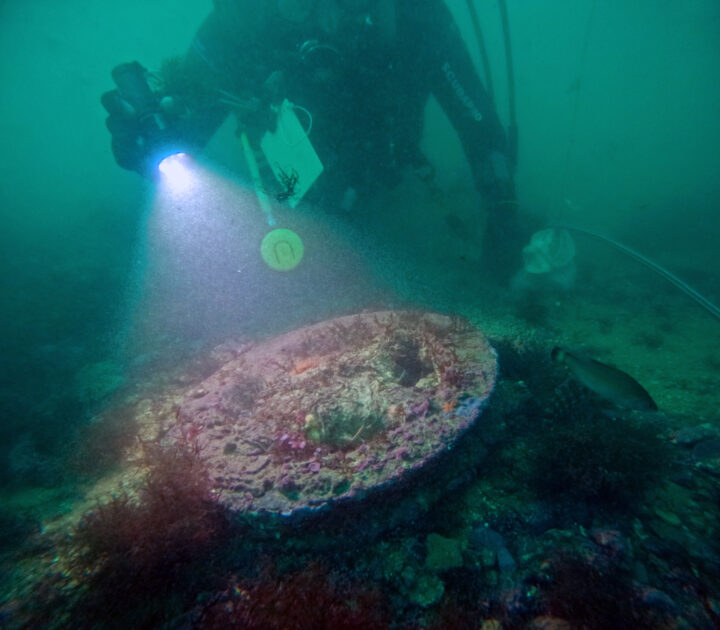
And did these days of work serve to “discover” anything else? Gonçalo Lopes, who knows the Algarve waters well as he is from Portimão by birth, responds that «there are always new things that appear, but essentially it was good to confirm what was already known».
«It was possible, for example, to understand other things, namely chronologies. For example, we thought that the anchors already known would belong to the Modern Age, the XNUMXth, XNUMXth and XNUMXth centuries, but there is at least one there that could be a little older, perhaps from the end of the Middle Ages». This is new data, important for the archaeological map of the municipality of Lagos, which is being worked on and which also covers the maritime part, in addition to the terrestrial part.
Gonçalo Lopes, who coordinated the team of four people from CNANS (three archaeologists – in addition to himself, also Cristóvão Fonseca and Pedro Caleja -, and a conservator-restorer – José António Gonçalves), also made a point of highlighting the importance of cooperation with «the three Norwegian colleagues": Morten Reitan and Sarah Fawsitt, from the Norwegian Maritime Museum/Norsk Maritime Museum, and Ivar Aarrestad, from Riksantikvaren.
«This exchange of experiences between people from the same profession, but from different countries, with different knowledge and realities is extremely important», concluded the Portuguese archaeologist.
This was the fourth and final sea campaign under the project Water World – Training and skills for the conservation and management of Underwater Cultural Heritage, operated in Portugal by CNANS, an organization under the authority of the almost extinct Directorate-General for Cultural Heritage, and with the Norwegian Maritime Museum as an international partner.
This last action at sea by Water World had the logistical support of Municipality of Lagos, within a broader framework of partnerships that the municipality intends to establish with CNANS/DGPC, which also included researchers Alexandre Monteiro and Paulo Costa, from Institute of Archeology and Paleosciences (IAP), with whom the municipality has an ongoing project to enhance underwater cultural heritage.
Funding comes from the EEA Grants Financial Mechanism. The project, which included training actions, archeology and conservation work and also the dissemination of Nautical and Underwater Archaeological Heritage, is budgeted at 995 thousand euros, to be used over four years, until 2024.
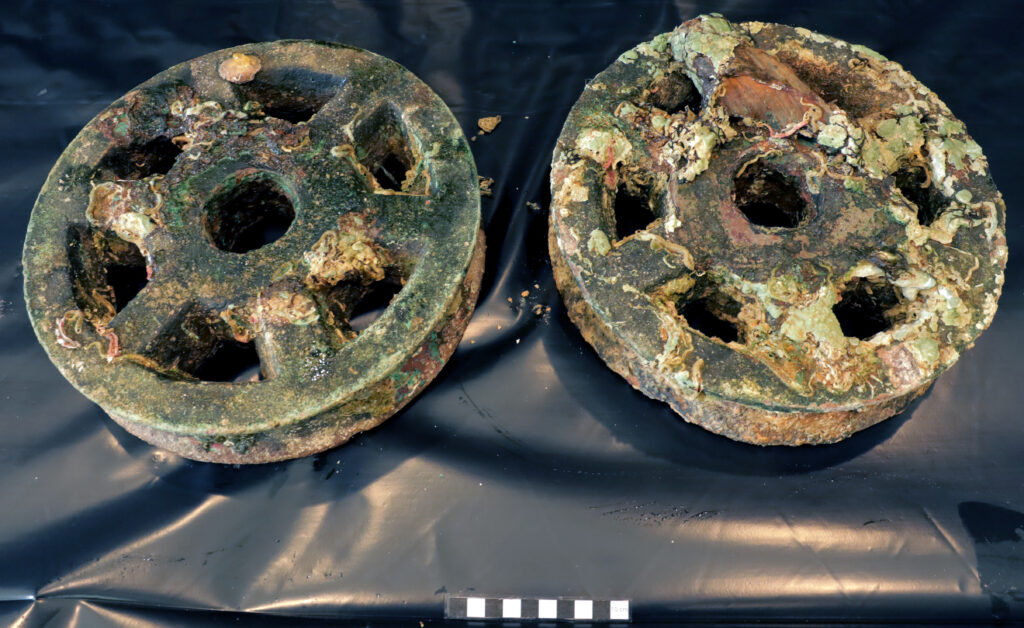
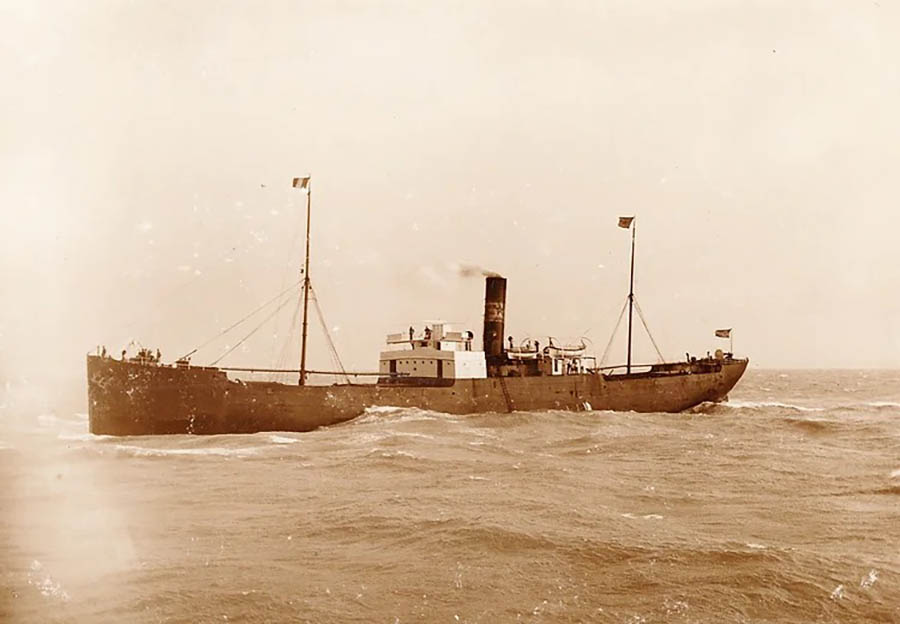
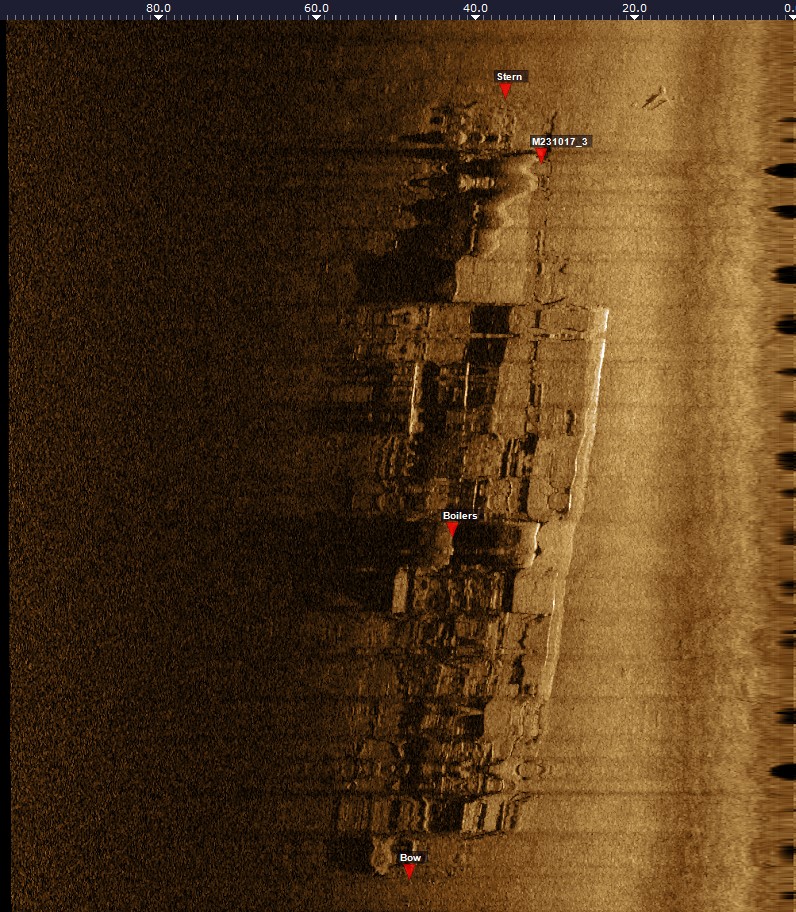
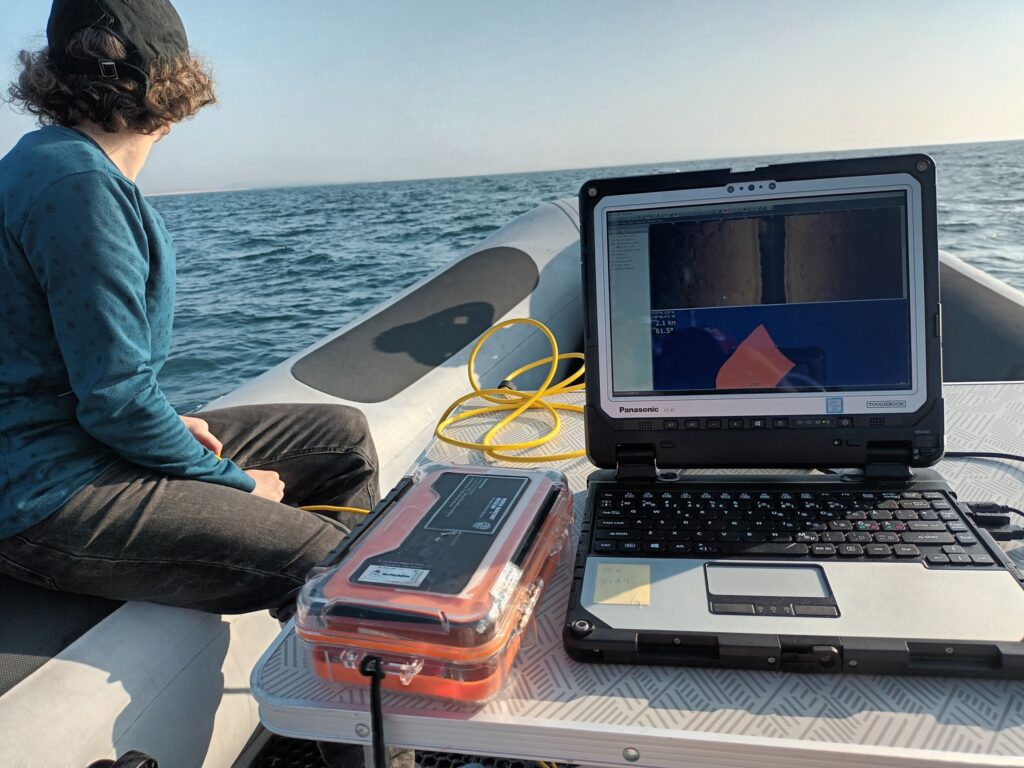
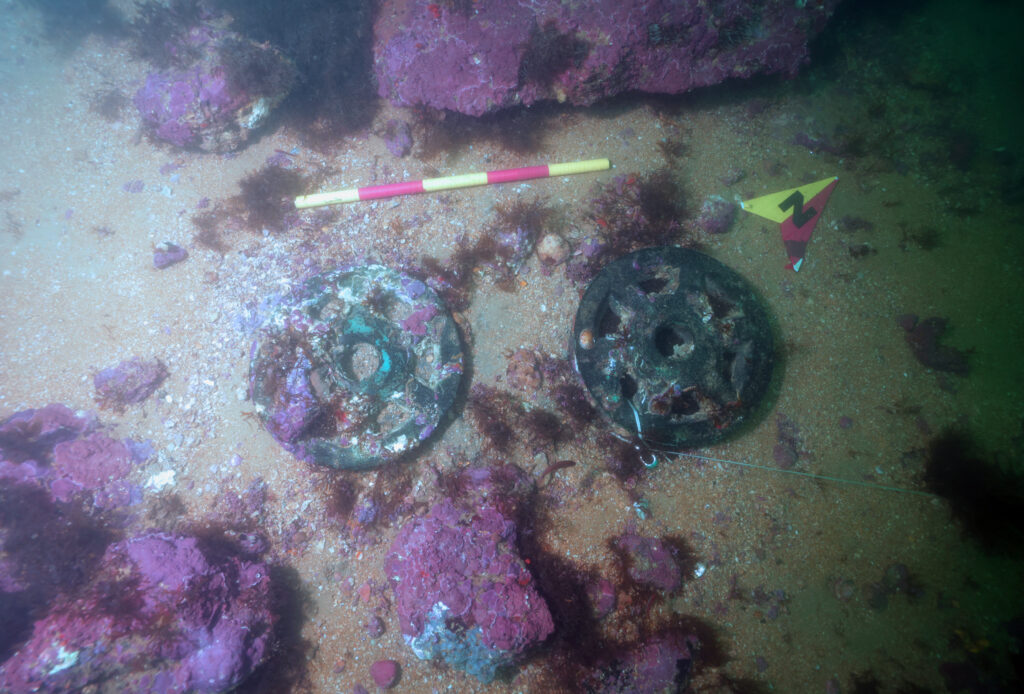
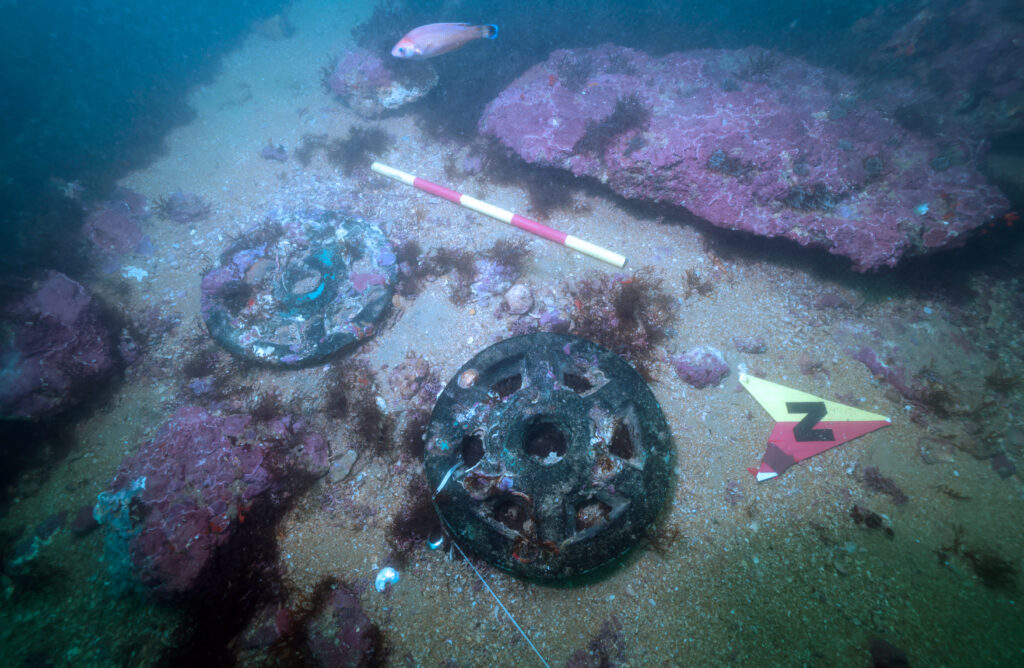
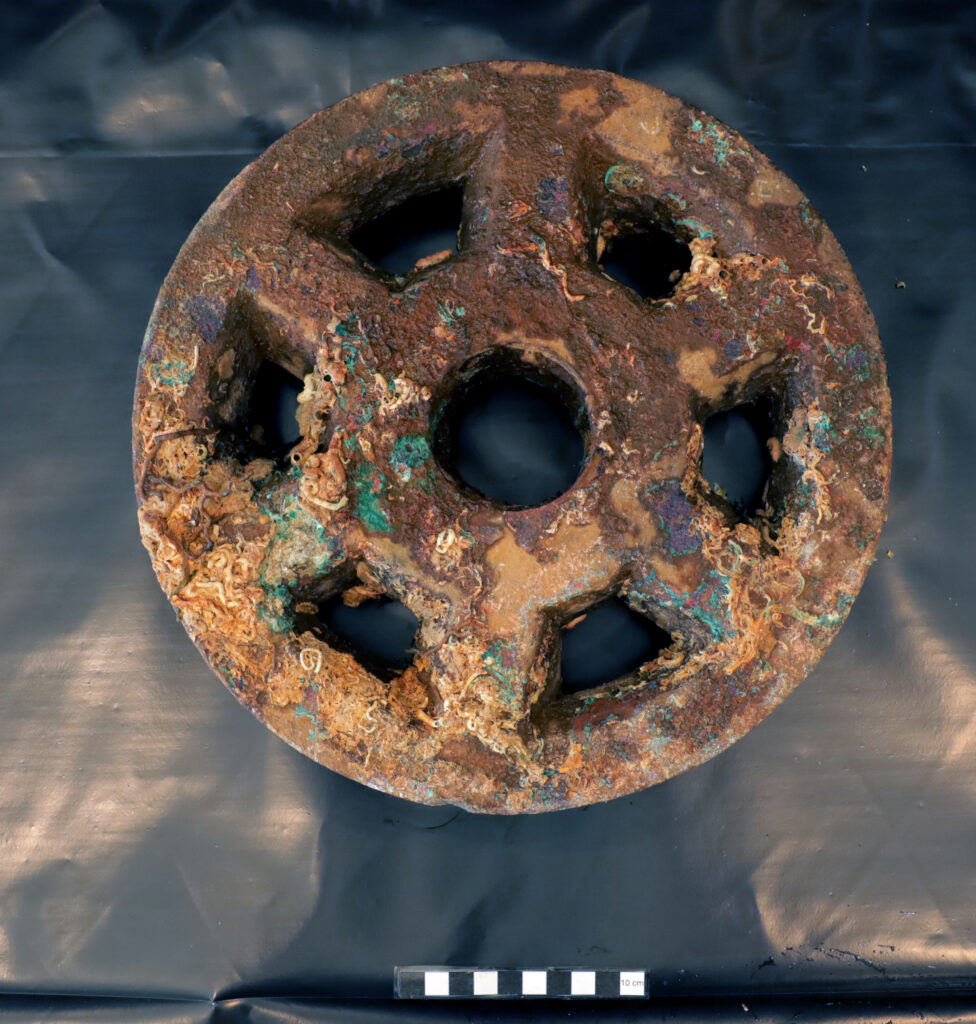
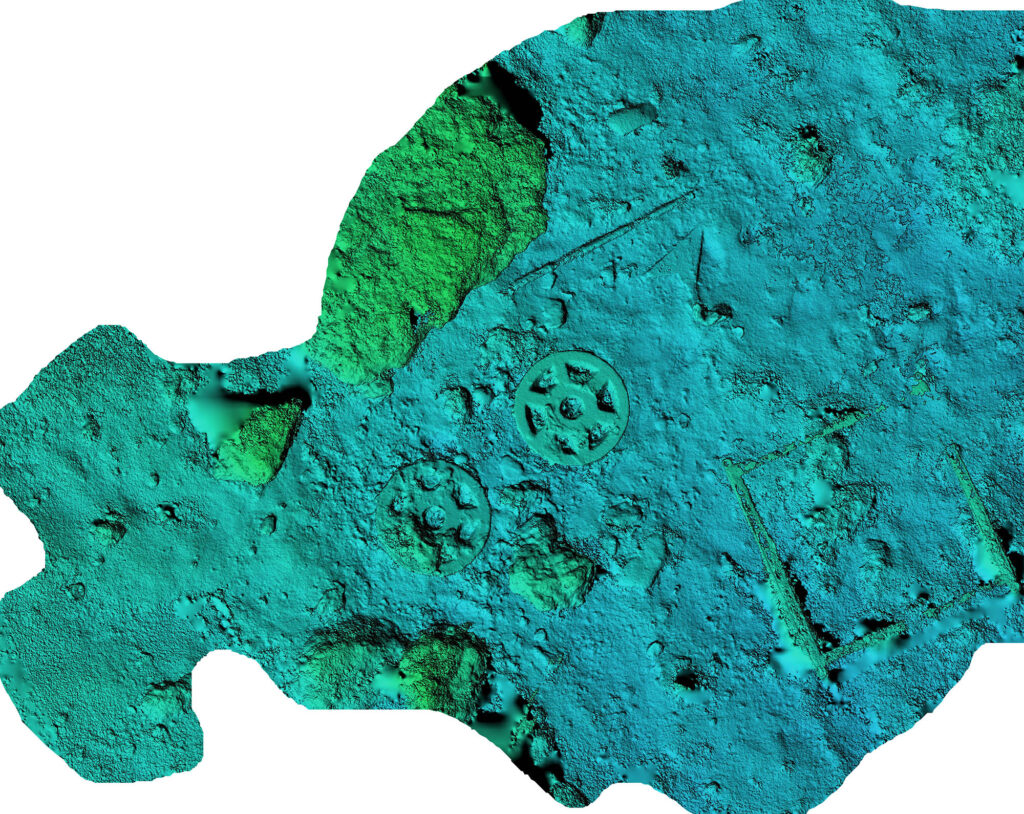
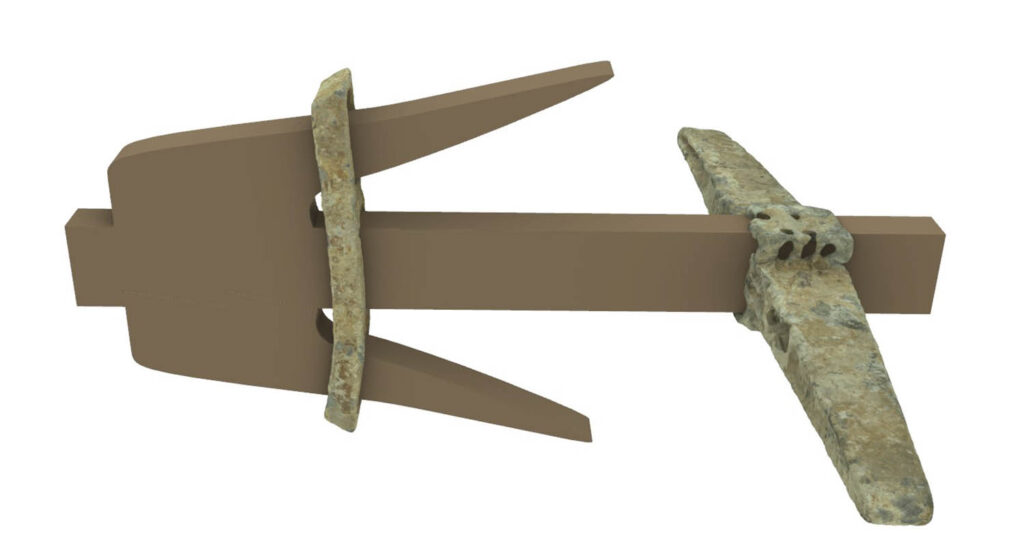
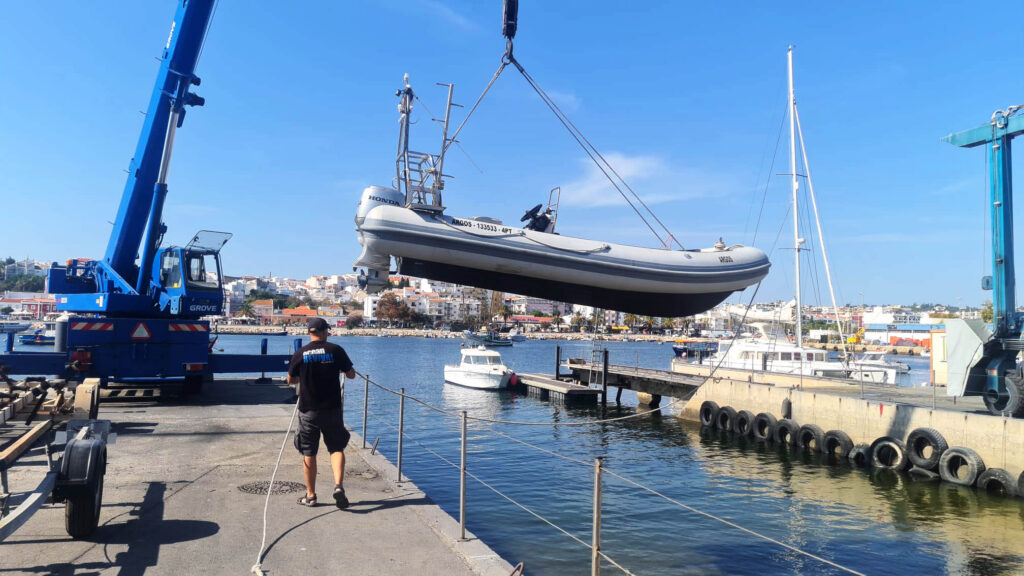
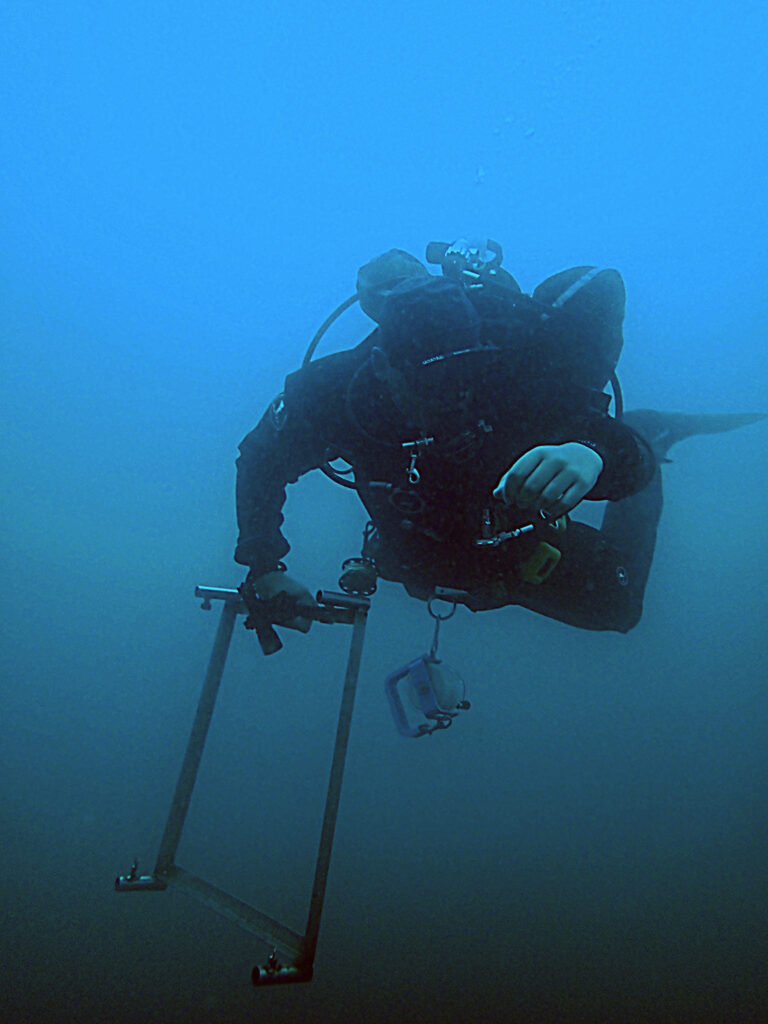
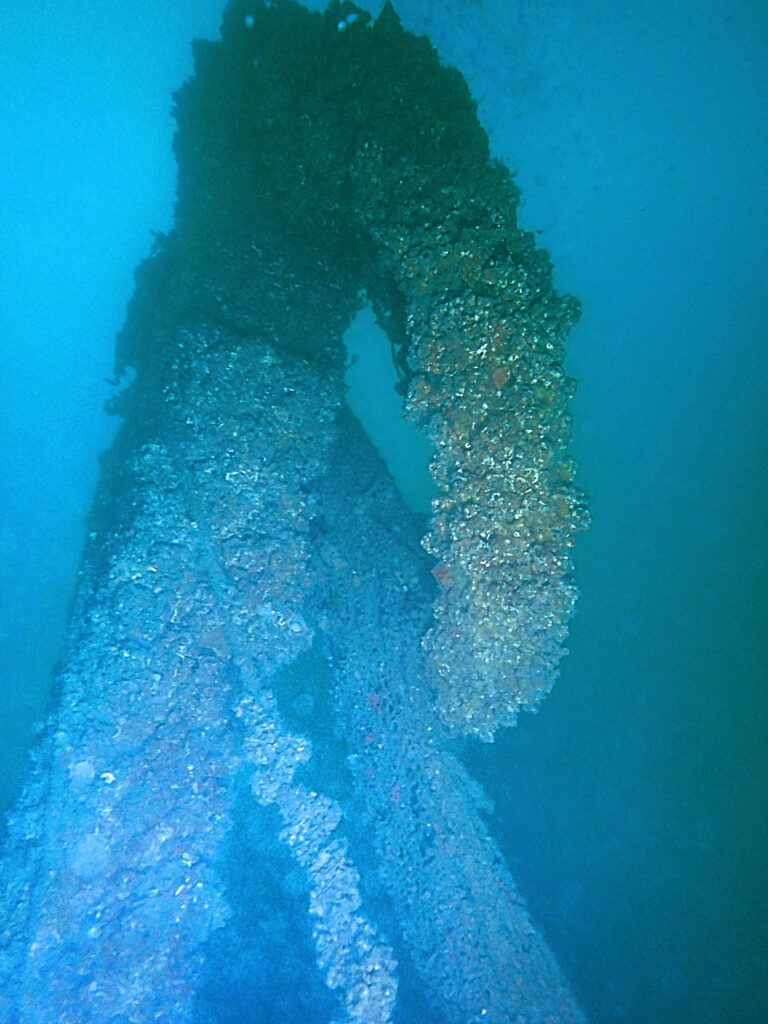
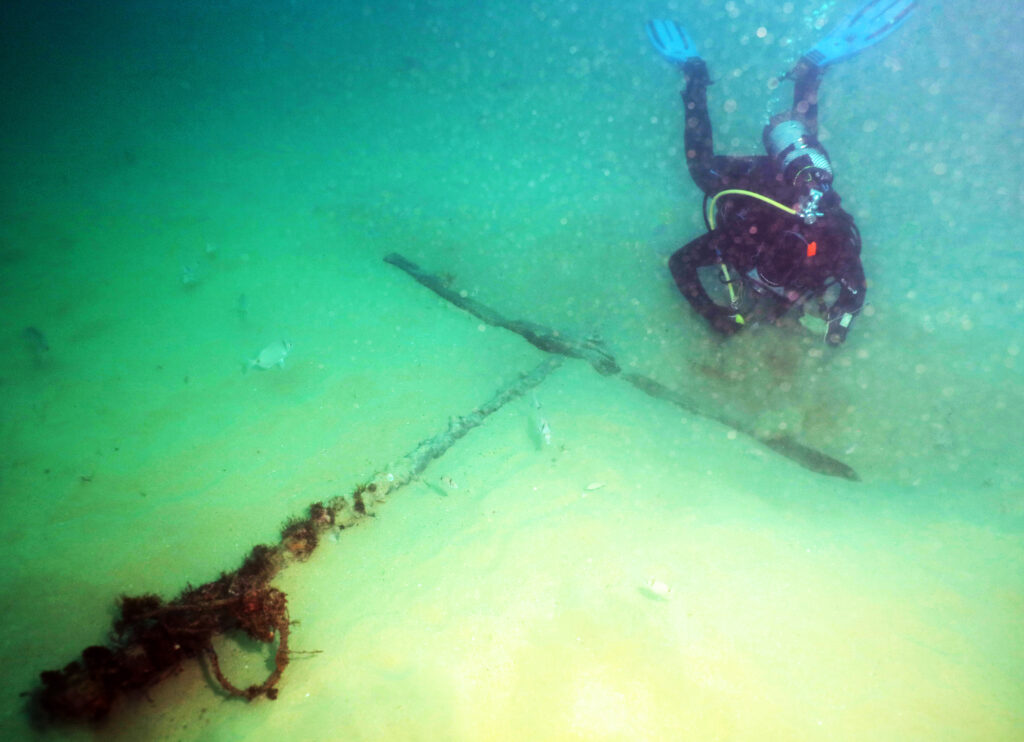
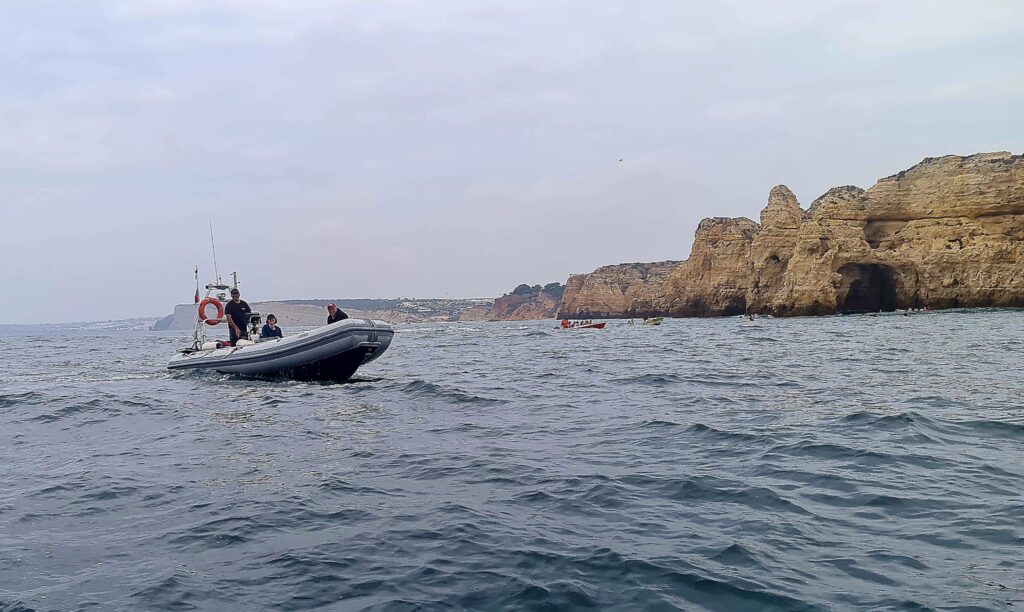
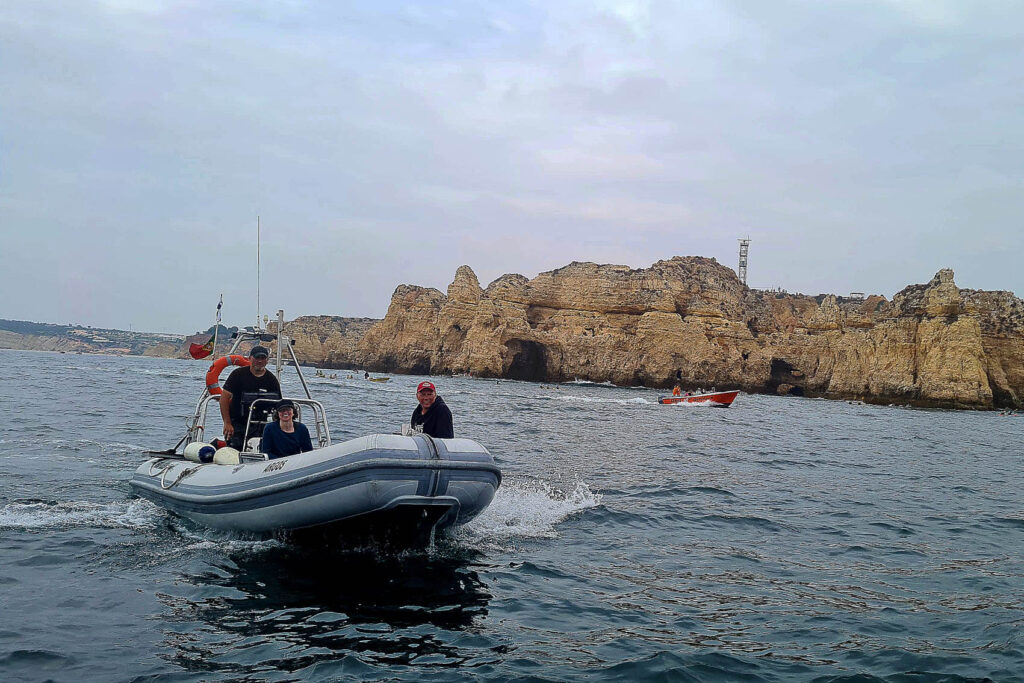
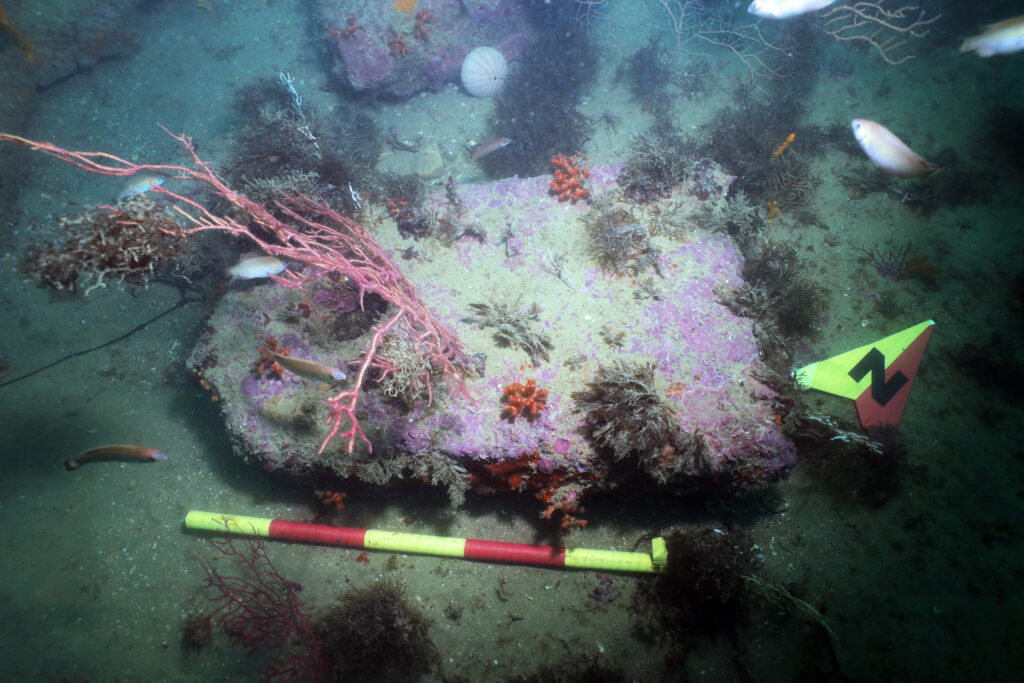
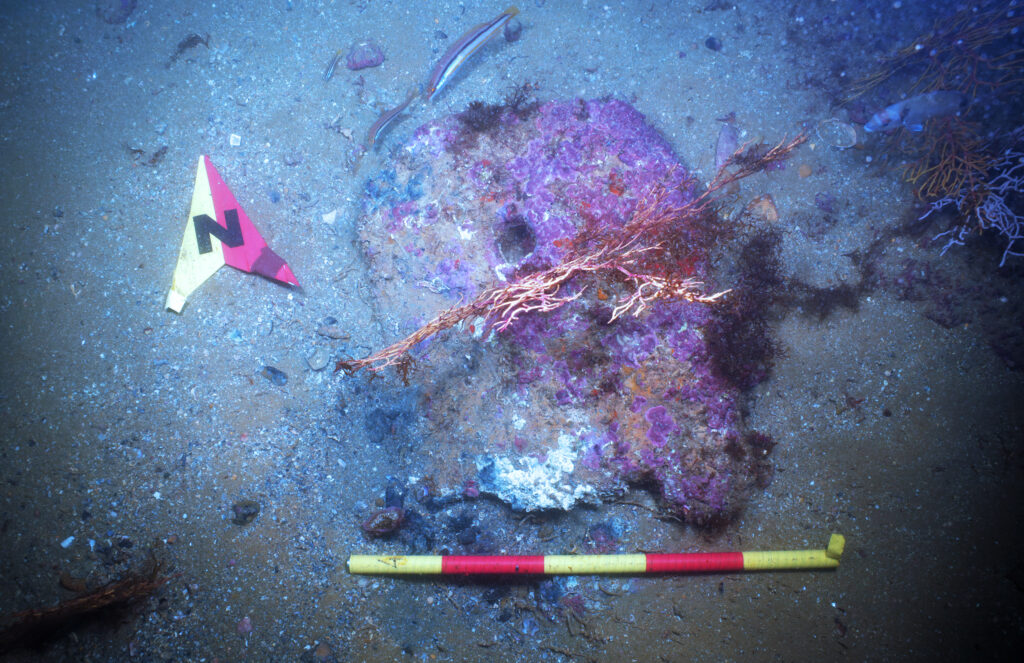
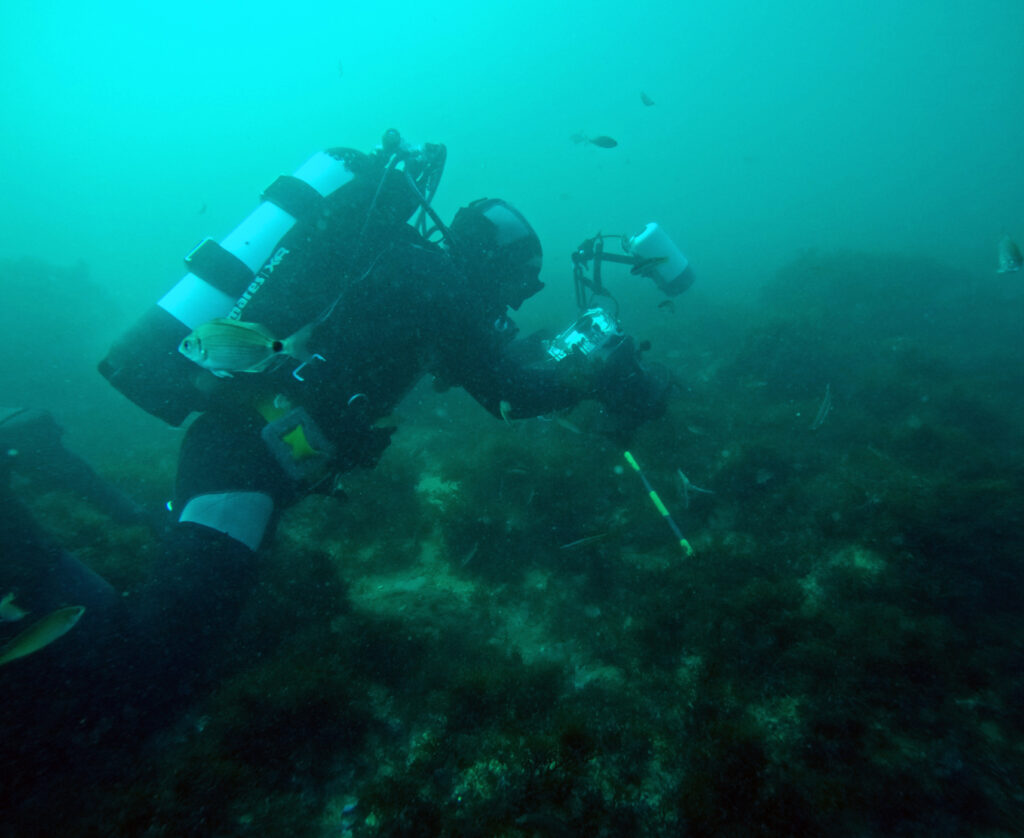
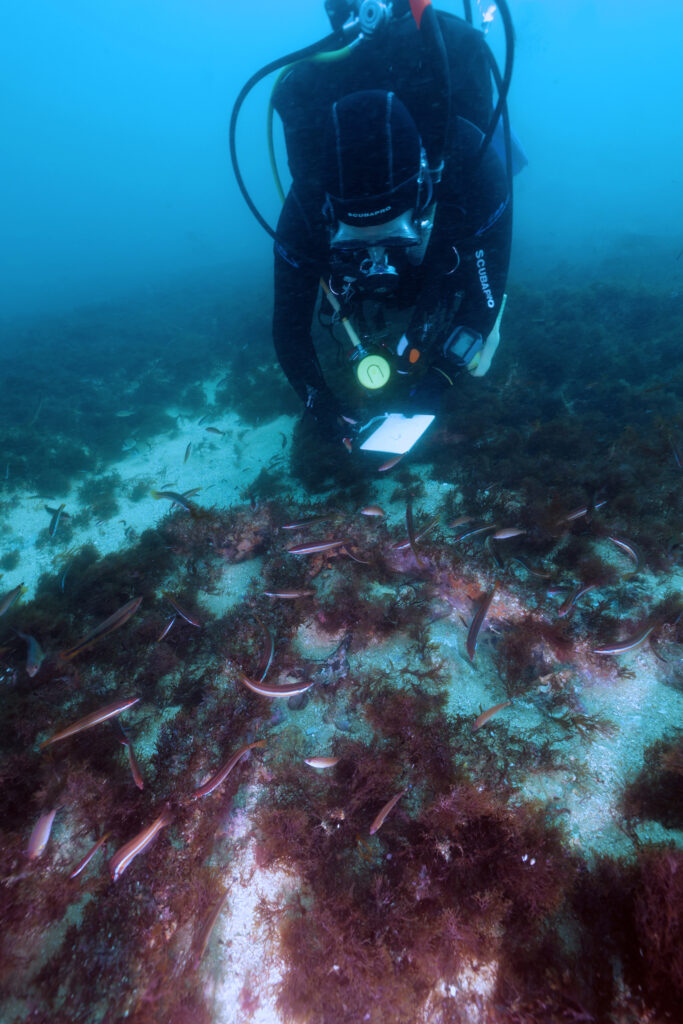
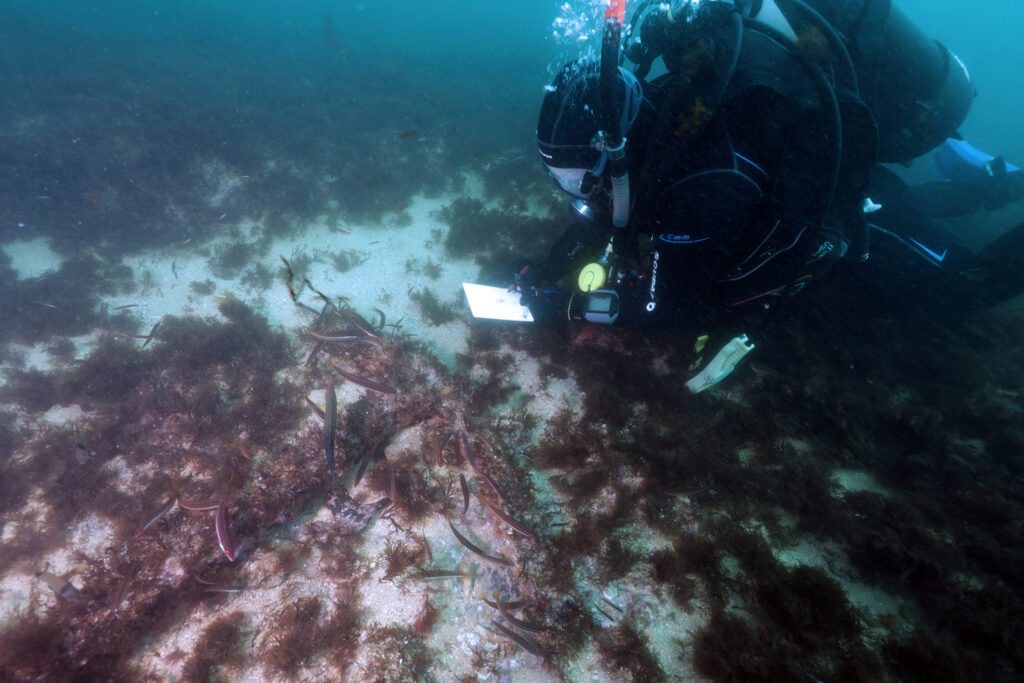
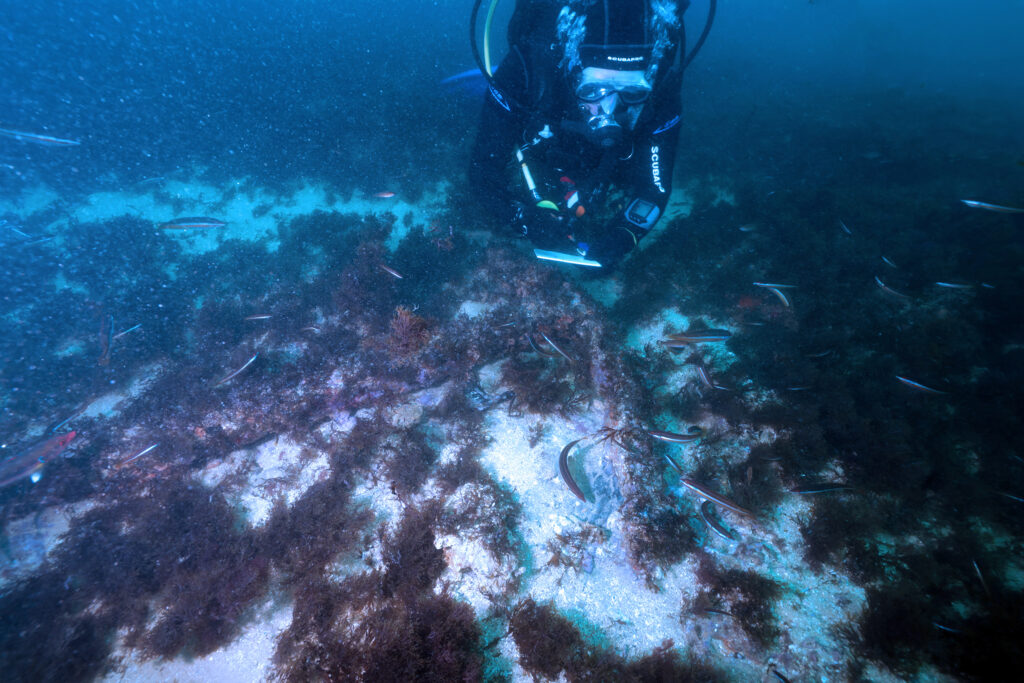


















Comments